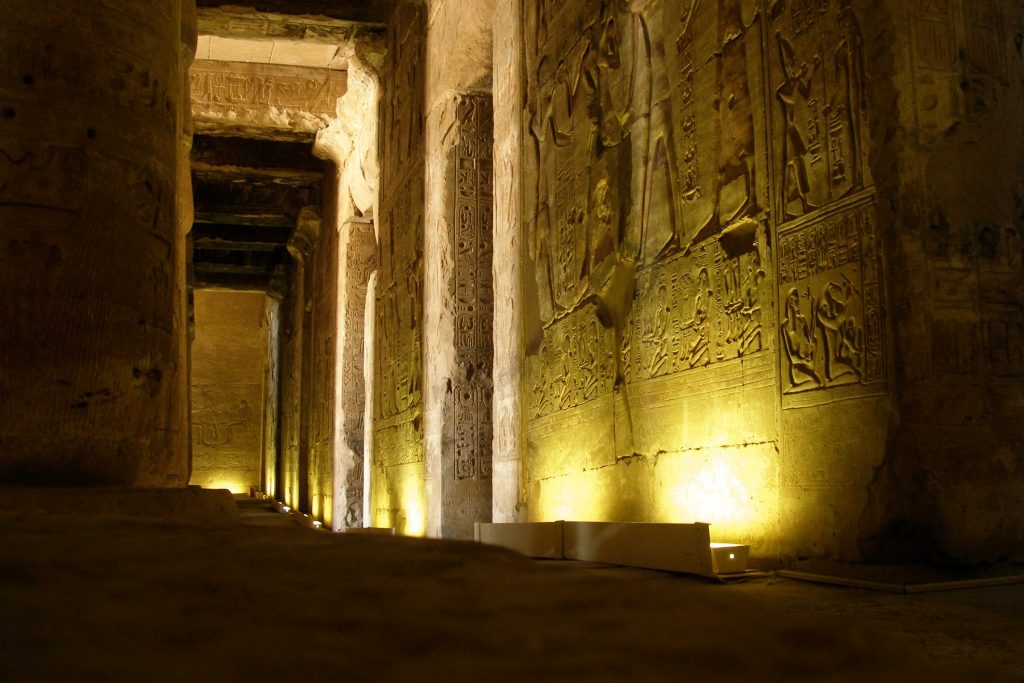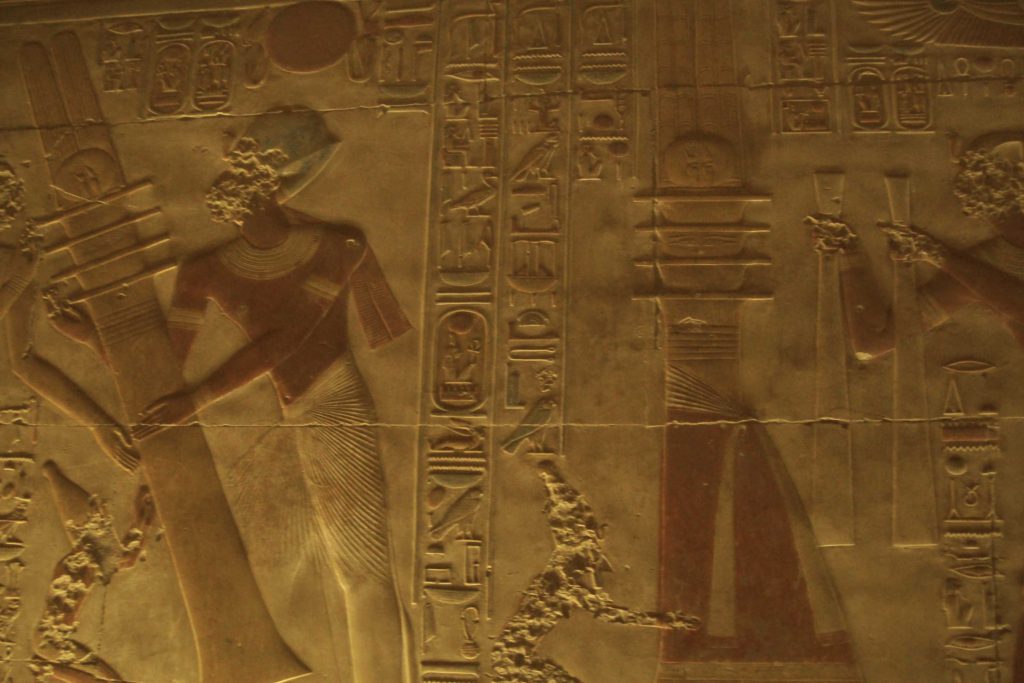
Abydos: Unveiling the Mysteries of Egypt’s Ancient Sacred City
Abydos, one of the oldest and most significant cities in ancient Egypt, holds a revered place in Egyptian history and culture. Situated in Upper Egypt, this sacred city served as a major religious center, especially dedicated to the god Osiris. Abydos was not only a burial site for early pharaohs but also a pilgrimage destination believed to grant blessings in the afterlife.
Numerous archaeological expeditions have uncovered artifacts and structures in Abydos. These findings include royal tombs, temples, and inscriptions that provide insight into ancient Egyptian religious and cultural practices.
Historical Background

Early History of Abydos
Abydos’s history dates back to pre-dynastic times and continued through the early dynastic era, as it served as Egypt’s capital. It was a crucial site for royal burials and religious activities.
Middle and New Kingdom Periods
During the Middle and New Kingdom periods, Abydos remained a vital religious hub. Key developments included the construction of temples and the expansion of its religious significance, solidifying its position as a sacred city.
Religious Significance
Osirian Beliefs and Rituals
Abydos is intimately linked with Osirian beliefs. The god Osiris, associated with the afterlife, resurrection, and fertility, was central to the religious practices in Abydos. Annual processions and secret rituals dedicated to Osiris played a crucial role in the city’s religious life.
Temples and Sacred Structures
- Temple of Seti I: This temple is renowned for its well-preserved reliefs depicting religious rituals and the pharaoh’s divine lineage.
- Osireion: A unique subterranean structure meant to symbolize the tomb of Osiris, enhancing Abydos’s religious status.
Iconography and Hieroglyphs

Abydos is famous for its intricate reliefs and inscriptions that detail religious rituals and the pharaohs’ divine connections. These artworks offer valuable insights into ancient Egyptian beliefs and practices.
Among the intriguing findings in Abydos are the so-called “helicopter hieroglyphs” found in the Temple of Seti I. They seem to depict contemporary vehicles, such as a submarine, a jet plane, and a helicopter. These unusual carvings have sparked various theories and myths, but most scholars agree they are a result of overlapping inscriptions.
Abydos Travel Guide
Efforts to preserve Abydos include protecting its ancient structures and promoting sustainable tourism. Join Galaxia for its insightful tours of the historical sites in Abydos. Galaxia’s expertly guided tours, led by knowledgeable Egyptologists, will unlock the secrets hidden within the hieroglyphs and captivating paintings adorning the temples and tombs.
Dive into the fascinating myths and rituals associated with Abydos, bringing the ancient city to life.
Must-Visits in Abydos
In addition to guided tours, visitors can:
- Descend into the Osirion: This mysterious underground structure, believed to be a cenotaph (a symbolic tomb), is a testament to the enduring importance of the Osiris cult in Abydos.
- Wander through the Umm el-Qa’ab necropolis: This vast royal cemetery, once the resting place of early pharaohs, offers a window into the development of Egyptian mortuary practices.
- Visit the Abydos Museum: This on-site museum houses a collection of artifacts unearthed from the city, providing context and depth to the surrounding sites.
Final Tips for Visiting Abydos
- Getting There: Abydos is about 160 kilometers northwest of Luxor. You can reach Abydos by train, bus, or car. Trains are the most affordable option, but buses can be faster. If you’re coming from Luxor, you can take a day trip that includes transportation to and from Abydos.
- When to Visit: The best time to visit Abydos is during the spring (March-May) or fall (September-November) months when the weather is mild. Summers in Abydos can be extremely hot, with temperatures reaching over 40°C (104°F).
- What to Bring: A water bottle, hat, sunglasses, and sunscreen. You may also want to bring a scarf to cover your face from the sand and dust.
Abydos remains a cornerstone of ancient Egyptian history and culture. Its religious relevance, historical importance, and ongoing archaeological discoveries continue to captivate scholars and visitors alike. Reflecting on the mysteries of Abydos offers a profound understanding of ancient Egypt’s spiritual and cultural world.
Why the wait? Contact Galaxia now to plan your trip!